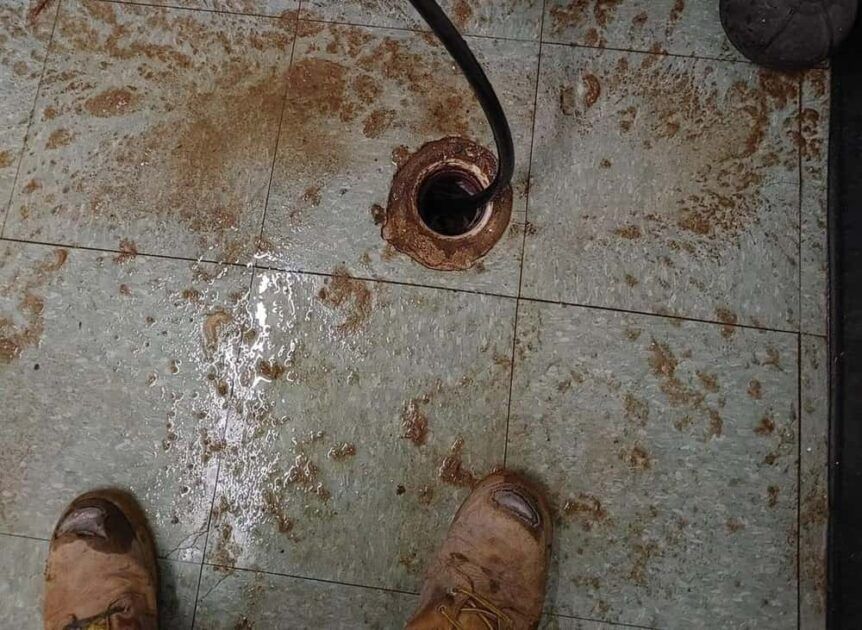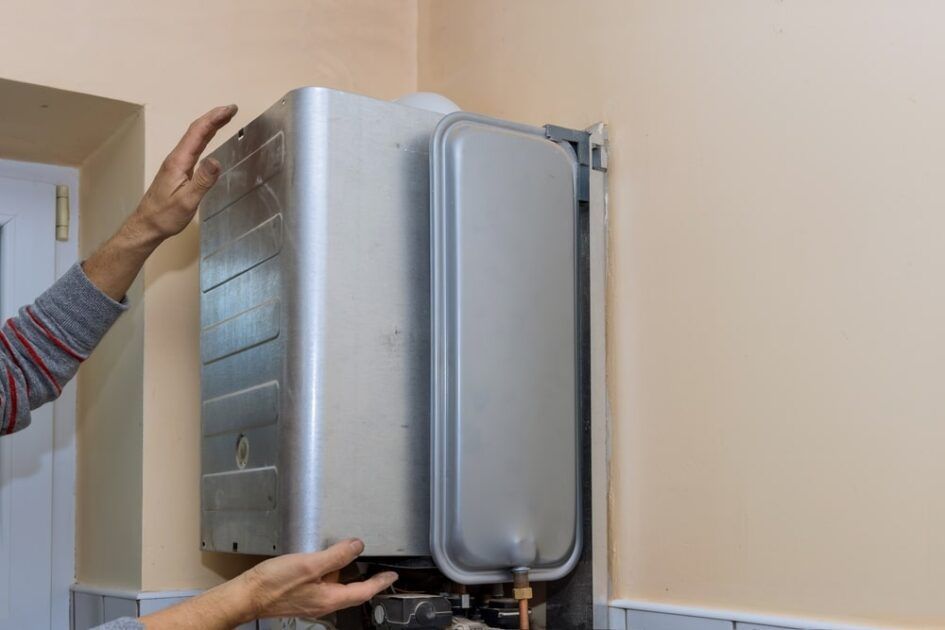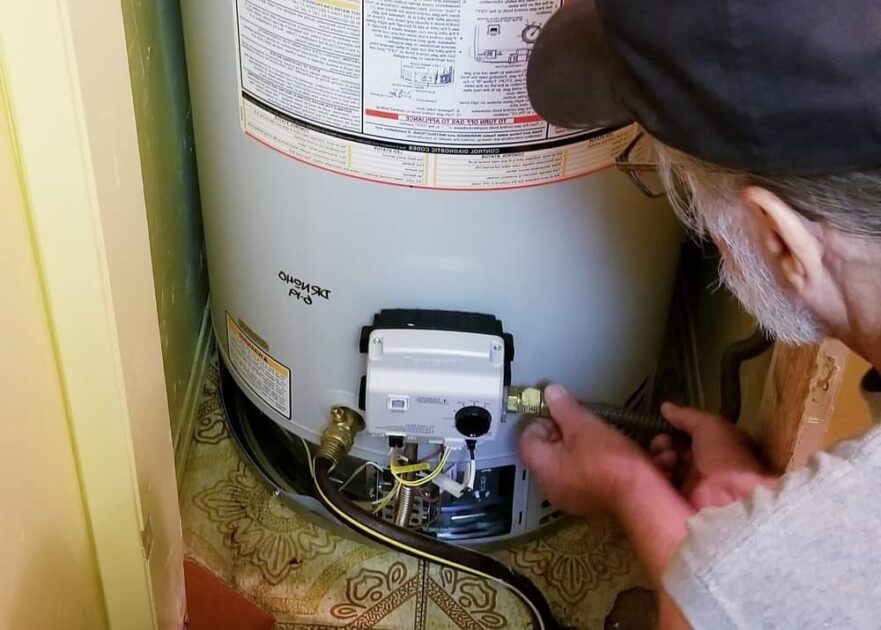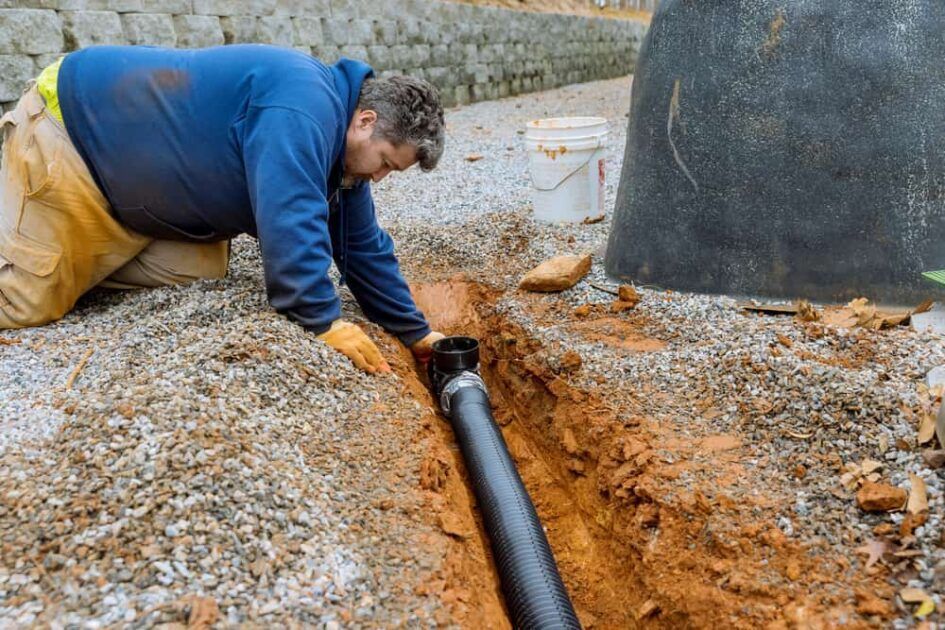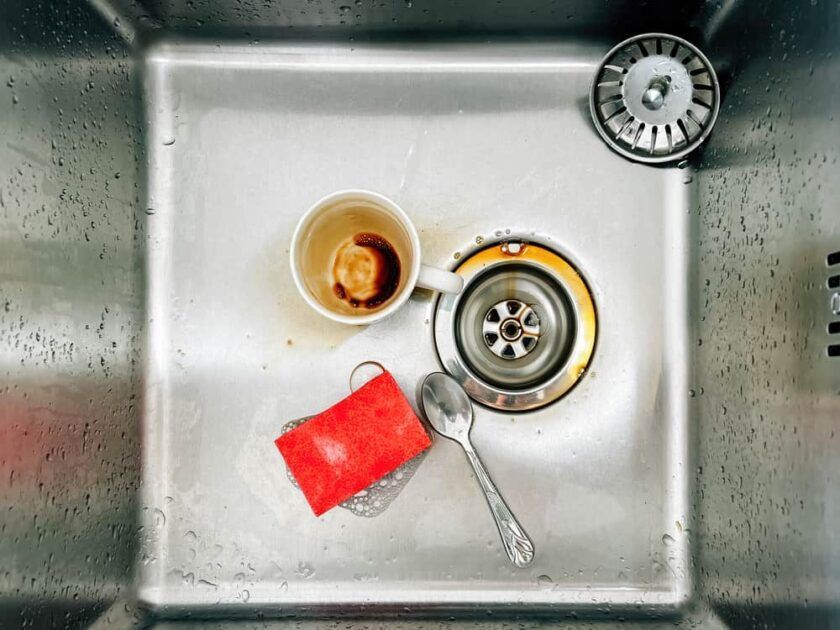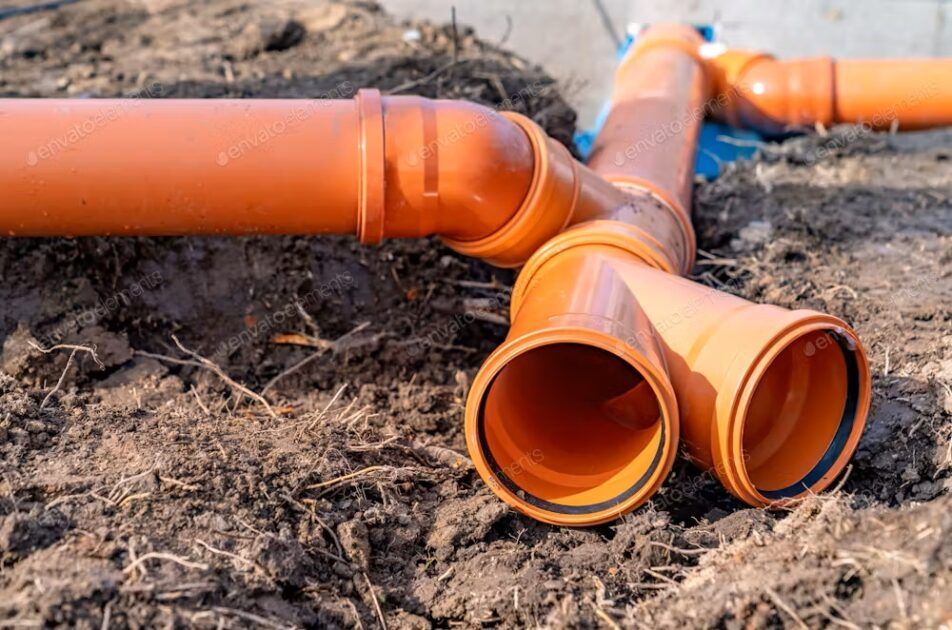Eliminate Tree Roots in Your Sewer Line: 4 Effective Solutions
Tree roots invading your sewer line can cause serious plumbing issues. They block water flow, cause backups , and can even damage the pipes, leading to costly repairs. If you’re dealing with this problem, you’re not alone. Homeowners often face the challenge of getting rid of roots in their sewer lines. Understanding how to tackle this issue can save you time, money, and headaches. In this blog, we’ll explore practical ways to get rid of roots in your sewer line and keep your plumbing system functioning smoothly. Whether you’re looking for a root killer for sewer lines or wondering what dissolves tree roots in sewer lines, we have the answers you need.
Mechanical Root Removal
One of the most immediate ways to address roots in your sewer line is through mechanical removal. This method involves using specialized equipment to cut and physically remove the roots from the pipes. Here’s how it works:
- Inspection: A professional plumber will first inspect the sewer line with a camera to locate the root intrusion.
- Cutting Tools: Tools like root saws or hydro-jetting equipment are used to cut and clear the roots.
- Clearing the Line: After cutting, the debris is flushed out, ensuring the sewer line is free from blockages.
Mechanical removal is effective and provides instant relief. However, it doesn’t prevent roots from growing back, so it might need to be repeated periodically.
Chemical Root Killers
For a more lasting solution, chemical root killers, also known as root destroyers , can be very effective. These products are designed to kill roots without harming the surrounding plants. Root killers for sewer lines typically contain ingredients like copper sulfate or dichlobenil. Here’s how to use them:
- Application: Pour the root killer into the toilet or the sewer cleanout.
- Action: The chemicals will travel through the sewer line, targeting and killing the roots.
- Prevention: Regular use can prevent new root growth, keeping your sewer lines clear.
When using chemical root killers, following the manufacturer’s instructions carefully is essential to avoid potential harm to your plumbing or the environment.
Natural Remedies
If you prefer a more eco-friendly approach, natural methods effectively address root issues in your sewer line. For example, you can use rock salt or foaming root killers made from natural ingredients. Some common natural remedies include:
- Rock Salt: Pouring rock salt into the toilet and flushing it can dehydrate and kill roots. This method is slower but safer for the environment.
- Foaming Root Killers: These products expand to fill the pipe and kill roots upon contact. They often contain natural ingredients and are less harsh than chemical alternatives.
Natural remedies are a good option if you’re concerned about the impact of chemicals on your landscaping or if you have septic systems affected by harsh chemicals.
Pipe Lining and Replacement
More extensive solutions might be necessary for severe cases where roots have caused significant damage to the sewer line. Pipe lining and pipe replacement are two such methods:
- Pipe Lining: Also known as cured-in-place pipe (CIPP) , this method involves inserting a resin-coated liner into the existing pipe. The liner is then inflated and cured, creating a new, seamless pipe within the old one. This method can be less invasive and more cost-effective than traditional pipe replacement.
- Pipe Replacement: Replacing the affected section of the sewer line might be the best option in cases of extensive damage. This typically involves excavating the damaged pipe and installing a new one.
Both methods effectively address the root intrusion problem and restore the integrity of your sewer line. They provide a long-term solution by either reinforcing the existing pipe with a durable liner or replacing the damaged section, ensuring reliable functionality.
Preventing Future Root Intrusion
Once you’ve successfully gotten rid of roots in your sewer line, taking steps to prevent future issues is essential. Here are some preventive measures:
- Regular Inspections: Schedule regular sewer line inspections to catch root intrusions early.
- Barrier Methods: Use physical or chemical barriers to deter root growth near your sewer lines.
- Tree Placement: Be mindful of where you plant trees and shrubs, avoiding areas near your sewer line.
Implementing these preventive measures can reduce the risk of future root problems and keep your plumbing system in good shape.
Ensuring Your Sewer Line Stays Clear
Roots in your sewer line can be challenging, but with the proper methods, you can effectively address and prevent them. Whether you opt for mechanical removal, chemical root killers, natural remedies, or more extensive repairs such as pipe lining or replacement, taking prompt action is crucial. Early intervention helps prevent further damage, minimizes the risk of costly repairs, and ensures your plumbing system remains in good working condition. By tackling the problem head-on, you can maintain a healthy and efficient sewer line.
Why Choose Rooter-Man Plumbers
If you’re experiencing issues with your sewer line and need professional assistance, you can reach out to Rooter-Man Plumbers. Our experienced team can handle everything from inspection to removal and prevention of root intrusions. We provide reliable and efficient sewer repair services in Edwardsville and surrounding areas to keep your plumbing system running smoothly. Get in touch with Rooter-Man Plumbers today to ensure your sewer lines are free from roots and other blockages.
Addressing root intrusion in your sewer line promptly and effectively is crucial to maintaining a healthy plumbing system. Use these methods to prevent future problems. Regular maintenance and professional help are key to keeping your sewer lines clear and functioning optimally.
The post Eliminate Tree Roots in Your Sewer Line: 4 Effective Solutions appeared first on Rooter-Man Plumbers.

